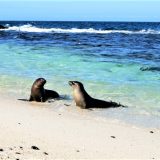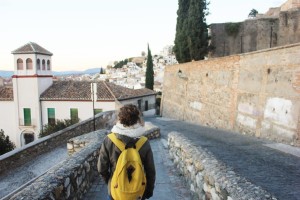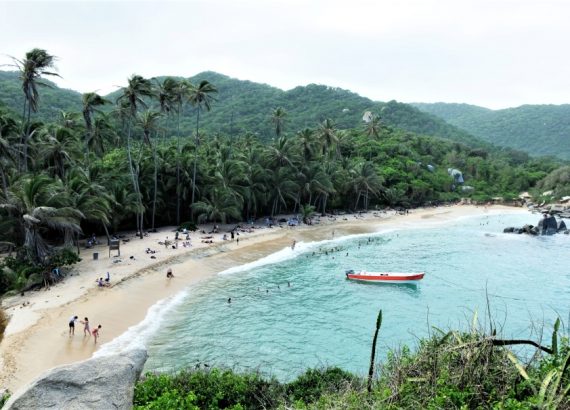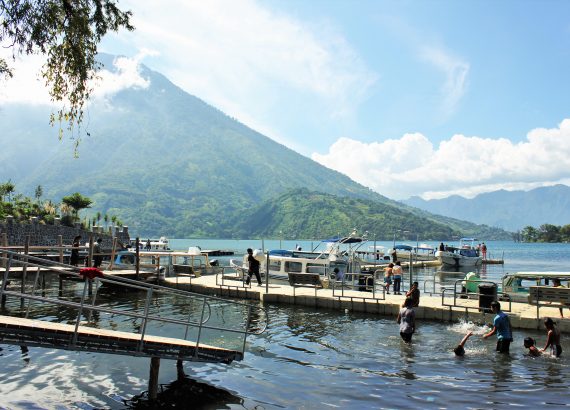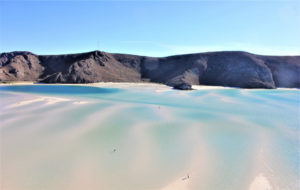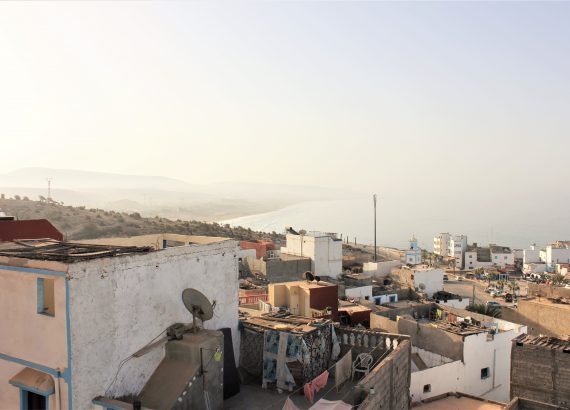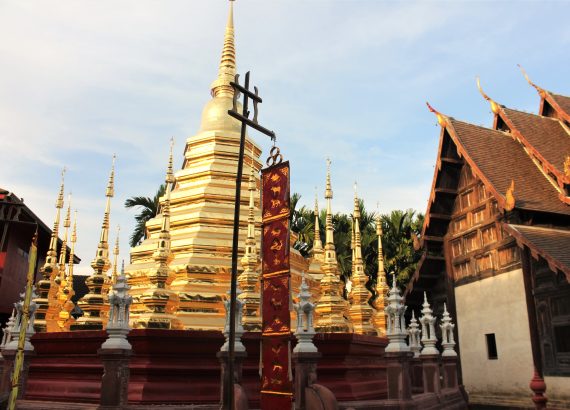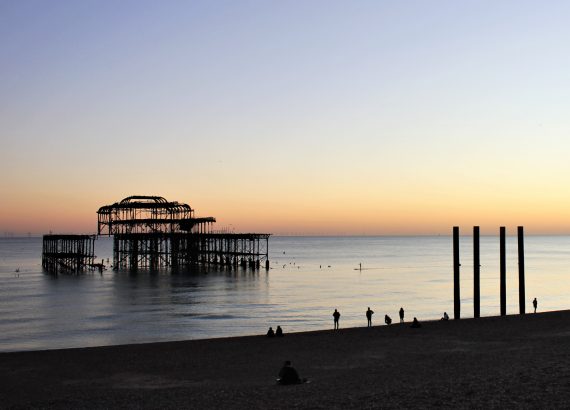The Best Islands to Visit in Croatia
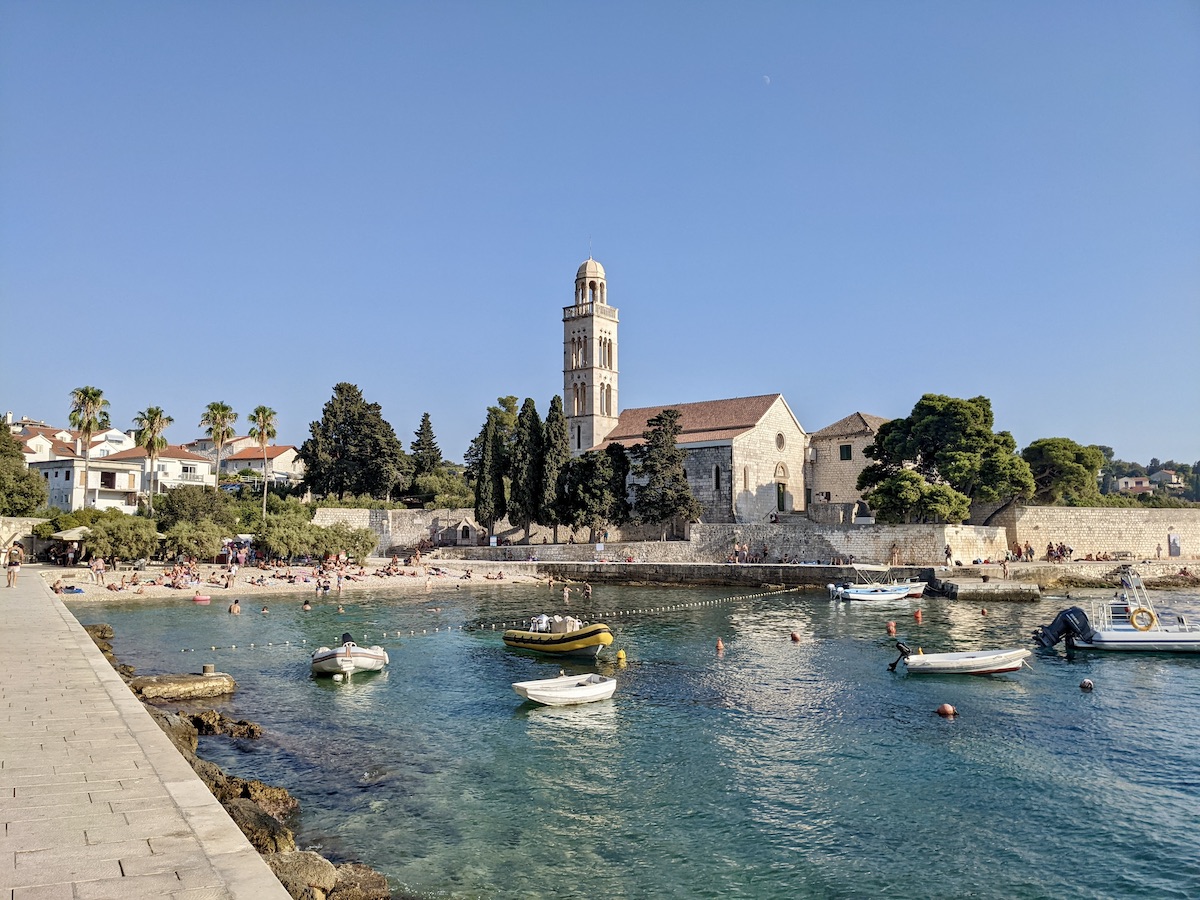
Shaped like a crescent, Croatia lies on the eastern coast of the Adriatic Sea. Over 1240 natural formations dot the country’s waters. 78 are actual islands, of which only 47 have people living on them. Lots are very small, some with just a restaurant with a sunset view and some totally uninhabited. These islands embody a Mediterranean paradise, with their glittering white sand, long sunny days, and pristine waters in a million shades of blue and green.
From the beautiful old town and rocky beaches in Hvar to the lush parks in Mljet, we take you on a tour of the best islands to visit in Croatia.
Mljet
A dense Mediterranean forest covers most of Mljet, making it Croatia’s greenest island. The waters surrounding it are astonishingly pristine and teeming with fish and marine life. In addition to its unspoilt natural beauty, Mljet is known for its goat’s cheese, wines, olives, and national park.
Mljet’s main draw is an incredibly stunning landscape and beautiful nature. Most tourists head to the sprawling national park on the northwestern part of the island on their visit. The park is home to scenic trails, caves, beaches, multiple islets, a monastery, and two salt lakes, Malo Jezero (The Small Lake) and Veliko Jezero (The Big Lake).
Outdoor activities such as kayaking, cycling, hiking, and sailing are popular in Mljet. If you prefer something more relaxing, head to Prožurska Luka, a rustic fishing village along a small bay north of the island, for its laidback and serene atmosphere.
Govedari, Pomena, Soline, and Polace, all located within the national park, are pleasant areas to explore. You will find quaint souvenir shops, charming local restaurants, and Roman-era buildings in the villages.
Hvar
Hvar is a place of elegance, class, rich history, and undeniable beauty, with its maze of cobbled and marble streets, inland lavender fields, Renaissance-era architecture, Byzantine cathedrals, and 13th-century walls.
Probably best known as a luxurious summer resort with pulsating nightlife, Hvar is perhaps the most vibrant and lavish of the Croatian islands. That said, when we travelled to Hvar during the summer, we stayed in the sleep village of Vrbanj away from the main town and enjoyed a slower pace of holiday life.
The island’s beating heart is the Hvar Old Town. Its cobbled alleys brim with restaurants, cafés, boutiques, and a wealth of medieval buildings. From the town centre, head to the Hvar Fort, which dates back to the 16th century, and enjoy the striking views from the tower. Other notable landmarks include the Cathedral of St. Stephen and the Franciscan Monastery.
There are a plethora of rocky beaches and outcrops where you can dive into the turquoise waters. Our favourite spot was Corni Petar – a sunny swimming spot sheltered by pine trees. You can sun yourself on the rocks, swim to your heart’s content and enjoy a delicious lunch at the wooden hut cafe there. We loved having fresh salads, bread and lemon pie whilst reading away the day here.
Hvar offers a luxurious experience, from dining to accommodations. You will find some excellent villa rentals in Croatia, great for those looking to explore the islands. And Hvar is the ideal place to stay in an elegant villa.
Brac
Roughly 40 km wide and 14 km long, Brac is the third largest island in the Adriatic Sea, known for its sheep cheese, citrus fruits, olive oil, windsurfing, and white limestone. Its most famous attraction, Zlatni Rat or Golden Horn Beach, so called because of its distinct horn shape, is regularly listed as one of the best beaches in Europe.
But Zlatni Rat is not the only stunning white pebble beach in Brac. Wrapped around the island are smaller, less-known, and less-crowded but equally beautiful beaches. Lovrecina Beach in Postira is one such spot, perfect for a quiet afternoon waddling in warm waters and unwinding under the shade of trees.
When in Brac, visit the Museum of Olive Oil in the village of Skrip, then sample local vintages at the Stina winery. Wander around Bol and explore its food markets, learn about stone sculpting in Pucisca, and stroll down the waterfront promenade in Supetar. For active travellers, Brac is an excellent place for mountain biking and you can also hike to the summit of Vidova Gora, the highest point in the Adriatic Sea.
Korcula
The true definition of a hidden gem, Korcula is one of Croatia’s best-kept secrets. Blessed with a dramatic landscape, historical landmarks, and sparkling beaches, Korcula is the quintessential medieval stone town. Despite its charm, it remains crowd-free.
One of the most atmospheric places in Korcula is its historic old town. It was here that world explorer Marco Polo was born. Inside the town’s fortified walls are winding cobblestone streets, quaint shops, outdoor cafés, and various restaurants.
Korcula, like other Croatian islands, is replete with breathtaking beaches. Our favourites include Bilin Žal, Vila Pržina, Pupnatska Luka, Vrnik and Proizd. You can also go island hopping on a water taxi and visit the nearby smaller islands of Badija, Vrnik, and Stupe in the Škoji archipelago.
To fully enjoy the island, consider joining a private tour around Croatia, great for those looking to see Korcula and the other Croatian islands.
Pag
Spain has Ibiza, Greece has Mykonos, and Croatia has Pag. This up-and-coming island boasts a stretch of boisterous seaside night spots along the pebbly shores of Zrće Beach.
But there is more to Pag than its all-night parties. Pag Town, the capital, shines with its rich history, fascinating culture, and gastronomic delights. After all, Pag is best known as the origin of Pag cheese, Pag lamb and Pag salt – three of the most beloved delicacies in Croatia.
If you love history, you will undoubtedly love Pag. In Novalja, you will find an ancient one-kilometre Roman aqueduct. You can also visit Stari grad Pag, a renowned ghost town with haunting remains of a church, a monastery, and salt pan channels from the Middle Ages.
For some outdoor adventure, climb the craggy peaks of Stogaj, cruise Pag Bay, spot rare birds at the Veliko Blato marshland, or explore the island by quad bike. At sundown, sample the famous Pag brandy in one of the island’s many bars.

